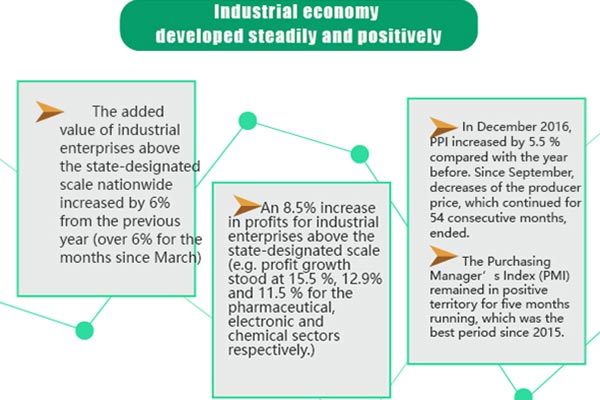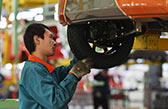A clear vision for the visual effects industry
Price competition is another concern to Technicolor (Beijing) because its quotations are high in comparison with rivals.
"We are committed to delivering a Hollywood-standard service to our clients and they will know that it's worth the price, but that's built on the premise that clients demand high quality services," said Wu.
The high labor costs and price competition caused the collapse or acquisition of many visual effects companies in Hollywood. For example, James Cameron's visual effects and animation company Digital Domain was acquired by the US divisions of Beijing Galloping Horse Film & TV Production Co and an Indian company last year.
In order to survive in the market, more and more United States companies are transferring their production facilities to countries with cheaper labor such as Thailand, India and China.
"They choose to set up subsidiaries in China both on account of its promising market and cheap labor costs," said Shen Hongxiang, chief executive officer of Soulpower 3D films, which conducted the 2D to 3D conversion of Painted Skin: The Resurrection. "But they won't bring the core technologies here," he added.
The nation's box office receipts totaled $2.7 billion in 2012, accounting for 8 percent of the global market. Following $10.8 billion generated in the United States, it ranked in second place across the world and was $300 million more than third-placed market Japan, according to statistics released by The Motion Picture Association of America on March 21.
"The growth momentum of the industry in China will continue over the next five to 10 years and I think the film post-production business will also thrive on it," Wu said.

















